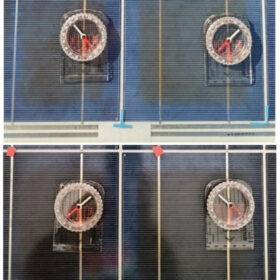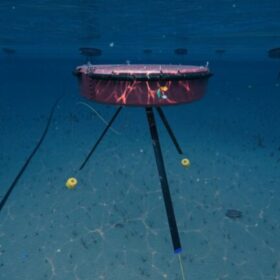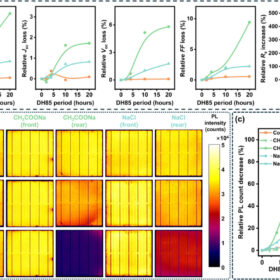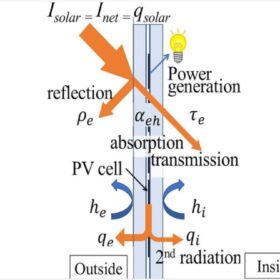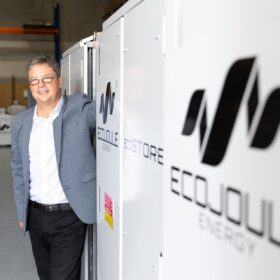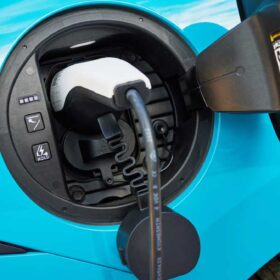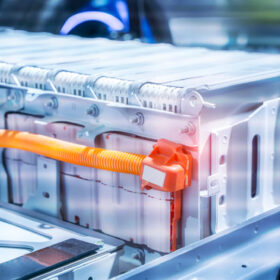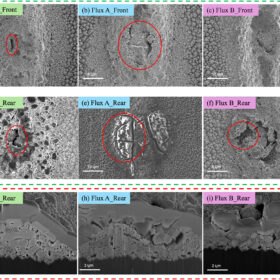How to identify interruption of ribbons in solar modules
An international group of scientists have investigated the total or partial interruptions of ribbons that connect solar cells in modules and have proposed a classification based on their type and location.
Carnegie secures more funding for Spain wave energy project
Australian wave energy developer Carnegie Clean Energy has secured more than $545,000 in funding to push forward its plans to deliver and operate a 400 kW version of its ‘CETO’ wave power generation system in waters off the coast of Spain.
Research shows degradation mechanisms in rear side of TOPCon solar cells
Researchers from UNSW and Longi have found that the silicon nitride layers used in TOPCon cell rear-side are particularly prone to chemical degradation from sodium contaminants. This can lead to significant open-circuit voltage losses and reduce cell efficiency.
Energy Dome targets Australian market with carbon-dioxide battery tech
Italian energy storage company Energy Dome is scouting potential sites across Victoria to deploy its carbon dioxide battery technology as it works to establish a foothold in the Australian energy market.
Research homes in on heat gain to help BIPV prospects
To make it easier to adopt building integrated PV as a glazing material, a group within the IEA Photovoltaic Power Systems Program (IEA-PVPS) has tackled the solar heat gain coefficient calculation for BIPV. It is part of IEA PVPS Task 15 international standardisation efforts.
Murdoch Uni explores unmanned ground vehicles for solar plant monitoring
Researchers in Western Australia have reviewed 36 mobile inspection robots for ground-mounted PV plants and have identified six commercial ground robots that are systematically used for this task. Their work presents the robots according to different types of locomotion, navigation technologies, communication technologies, and market status.
EcoJoule lands $15 million to support expansion strategy
Voltage control specialist EcoJoule Energy has banked $15 million in capital it says will underwrite the company’s global expansion and support the wider deployment of technology designed to help stabilise the electricity grid as it adjusts to increasing levels of solar capacity.
EV owners turn to vehicle-to-load capability to counter blackouts
The merits of Australia’s growing electric vehicle fleet are on display in Queensland and northern New South Wales where hundreds of thousands of residents remain without power in the wake of Tropical Cyclone Alfred.
IEA: Global battery industry has entered new phase
China supplied three-quarters of a 1 TWh global battery market in 2024 and its domination enabled steep cost savings and a possible switch to lithium ferro-phosphate technology, according to the International Energy Agency.
UNSW study shows heterojunction solar cell sensitivity to soldering flux
University of New South Wales researchers are part of an international team that has assessed the impact of soldering flux on heterojunction solar cells and has found that the composition of this component is key to prevent major cracks and significant peeling.
